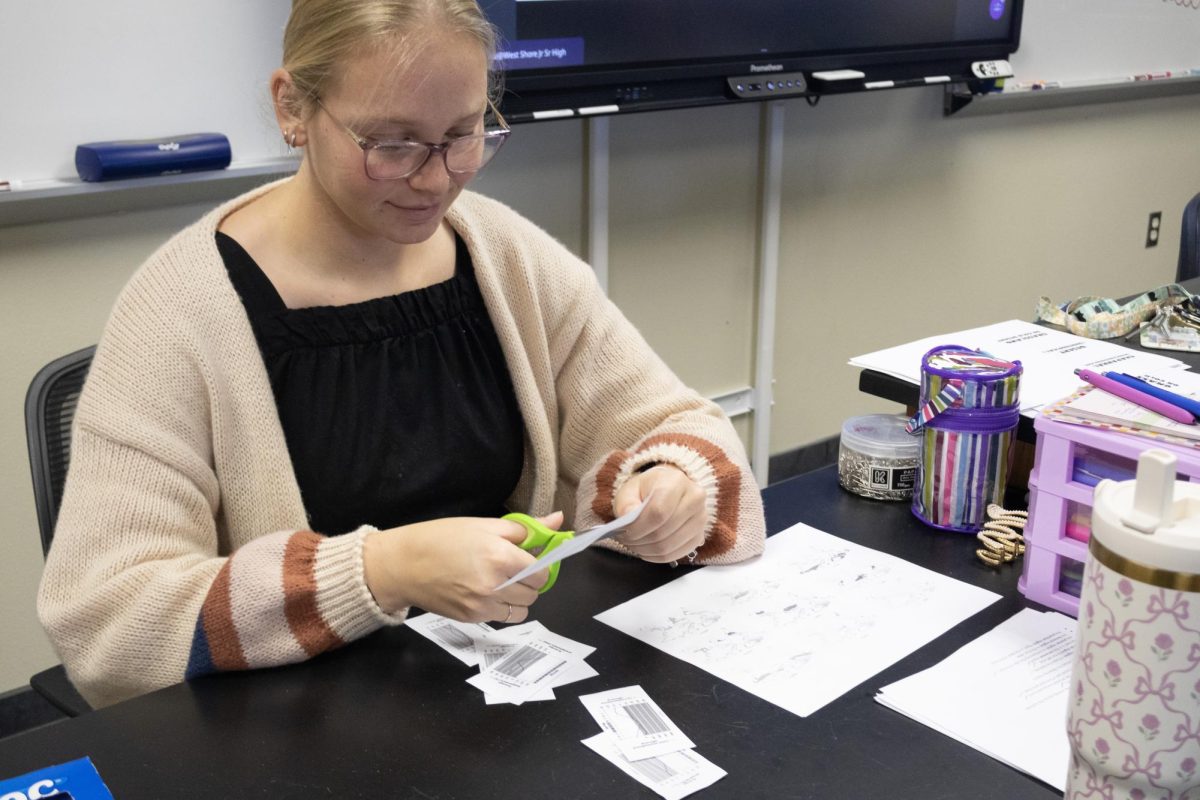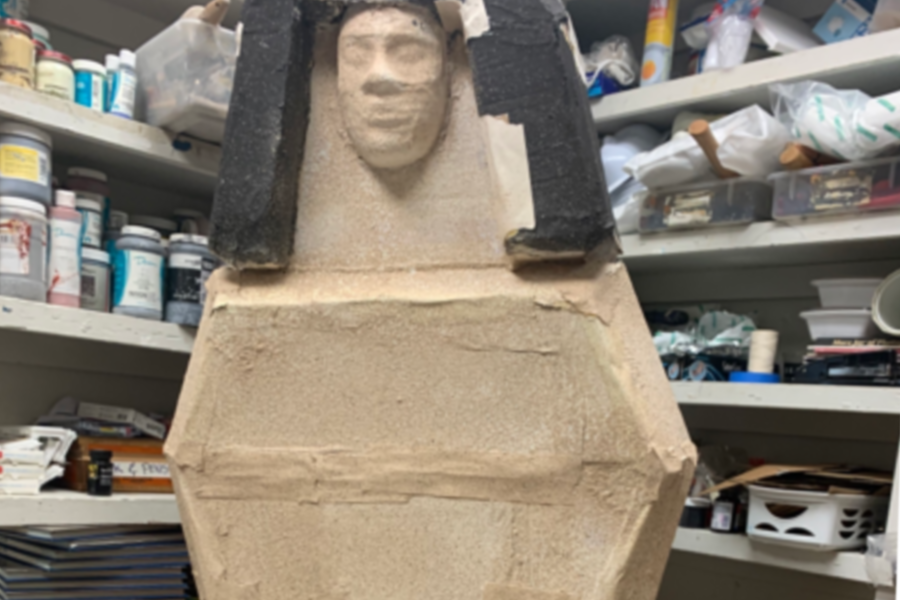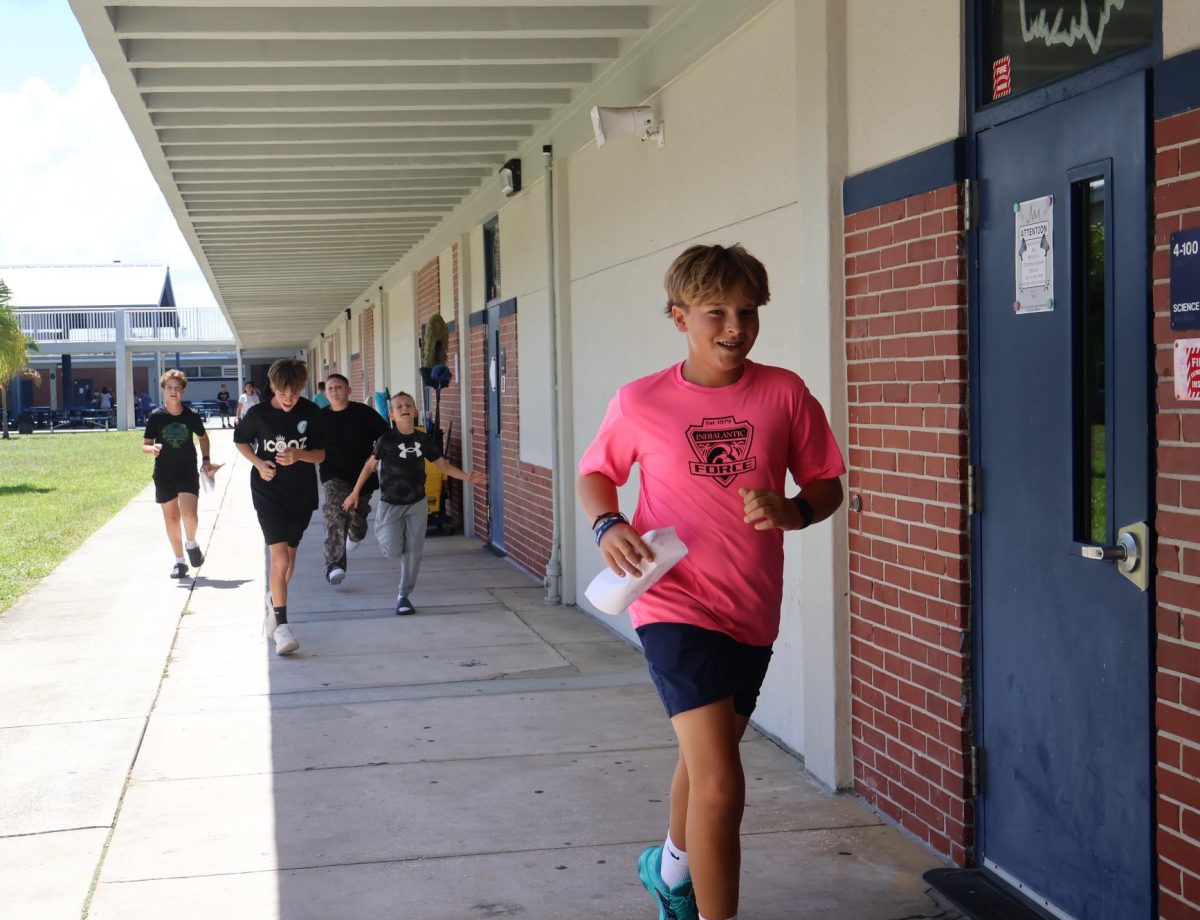How much security is too much security? In pursuit of improving student safety, the education system is crossing a line where safety measures create more problems than they solve. In 2015, there were at least 16 shooting incidents at K-12 schools; however, in 2021, this number grew by nearly 1,700% to at least 249, according to the Center for Homeland Defense and Security. These are undoubtedly alarming numbers. It’s no wonder that there are monitors at all doors and gates, a door lock communication system at the media center, a panic alert system at schools countywide and at least six lockdown emergency drills at Florida public schools annually. Now, the county has mandated metal detectors in all high schools, and starting Jan. 22, 2025, the CEIA OpenGate weapons detection system will greet students and staff every morning.
Metal detectors are made to prevent weapons from entering campus and further surveil high schools. However, there are already security cameras, a campus monitor, a school resource officer, a gate wrapping around the school and myriad more safety implementations. While this additional measure comes from a place of good intentions, are they really necessary? Furthermore, are the inconveniences caused by the weapons detectors worth the potential slight boost to campus security?
Although the system intends to minimize friction, it will majorly burden school morning routines. Students are required to remove their binders, laptops, umbrellas, glasses cases with metal spines, instruments, metal water bottles and anything else that sounds off the OpenGate detector’s alarm. Inevitably, students will forget to remove an item and have to put their possessions down near the weapons detector, rummage through their bag, try to go through again and pray that no more time will be wasted in the weapons detector line. Even though the line will be constantly moving, who knows how many students will be sitting by the detector, struggling to find out what is causing the detector’s incessant beeping?

Since one metal detector must surround the front office exit to inspect visitors, and only three metal detectors will be implemented, students will be redirected to enter from either the middle school loop entrance by the front office or the northwest entrance by the auditorium in the mornings. This cuts student drop-off in the high school loop, forcing all the traffic from that loop to move to the track parking lot, further congesting traffic into the school. Although Principal Buster Clark expressed confidence that lines would not form with this system, remarking that he “doesn’t see more than 12 people come through the [auditorium] gate at a time,” moving all high schoolers to the track parking lot for drop-off will at least double the number of students entering through one location. With many students arriving at or waiting until 8:25 a.m. to enter school campus, this morning routine will undoubtedly force students to wait in backed-up lines — increasing the number of tardies for first period and making that period consistently behind in the lesson plans.
Metal detectors won’t just inconvenience classes — they’ll also create unnecessary burdens for teachers and staff. At least three staff members must man each weapons detector, taking away from at least nine teachers or staff members’ time daily. However, each staff member has other tasks to complete every morning such as the resource officer monitoring traffic and drop-off, the campus security monitor surveilling students entering campus safely through the track and senior parking lot and the college and career counselor taking appointments or teachers preparing for their classes. It seems ironic to detract from tasks which improve campus safety and education in order to make a school “safer” with metal detectors.
This year, new school safety policies require staff to constantly lock and open gates to the school anytime a student needs to leave or enter campus, and metal detectors only complicate this in-and-out traffic. And this process is not limited to school hours. Showing up for an after-school sports practice, club, school event or rehearsal requires a staff member to man the gate and metal detector, creating a hassle for both the staff member and student involved. The staff member must stay at school for multiple hours beyond their 8-hour workday to stand and wait, not even being able to watch or participate in the event. This burdens students with after-school commitments, too. For example, if an athlete needs to go through the OpenGate, they must wait in long lines behind other people trying to watch the game, and will likely lose precious warmup time. The alternative is skipping the line, which will increase the waiting time for everyone else.
Additionally, the OpenGate detection system is costly, reaching around $17,000 per detector, according to WKMG News 6. Orange County Public Schools (OCPS), which piloted metal detectors in 2023, decided not to expand the system in September because “it was going to take more personnel and equipment for the system to run effectively,” OCPS Superintendent Maria Vasquez told FOX 35 News. Why should Brevard follow in Orange County’s footsteps, wasting time, energy and taxpayer money along the way?
The drawbacks of metal detectors, between inconveniencing daily routines, staff duties and the educational environment cannot be ignored. Instead of investing disruptive new measures, the county should optimize the existing safety measures to reduce the burdens of adding new systems while addressing the evergrowing safety concerns of today.


![Sophomore Isabelle Gaudry walks through the metal detector, monitored by School Resource Officer Valerie Butler, on Aug. 13. “I think [the students have] been adjusting really well," Butler said. "We've had no issues, no snafus. Everything's been running smoothly, and we've been getting kids to class on time.”](https://westshoreroar.com/wp-content/uploads/2025/08/IMG_9979-1200x800.jpg)





































